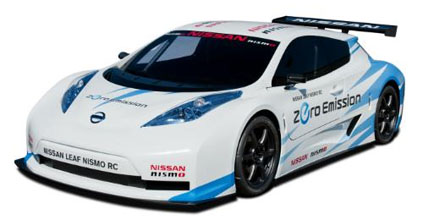How to Avoid Deer-Vehicle Mishaps
For the sixth year in a row, West Virginia tops the list of states where an individual driver is most likely to run into a deer.
Using its claims data and state licensed driver counts from the Federal Highway Administration, State Farm, a leading auto insurer, calculates the chances of a West Virginia motorist striking a deer over the next 12 months at 1 in 40, compared with 1 in 48 the year before.
South Dakota moved from third to second on the list. The likelihood of a licensed driver in that state hitting a deer within the next year is 1 in 68. Iowa (1 in 71.9) drops from second to third.
Michigan (1 in 72.4) is a close fourth jumping one position from fifth. Pennsylvania (1 in 76) drops one spot to fifth. In each of the top five states the rate of deer-related collisions per driver went up from a year ago.
The state in which deer-vehicle mishaps are least likely is still Hawaii (1 in 6,801). The odds of a driver in Hawaii colliding with a deer between now and 12 months from now are approximately equal to the odds that any one person will be struck by lightning during his or her lifetime.
The number of deer-related collisions in the U.S. has increased by 7.7 percent over the last year. This jump comes after a three year period during which these collisions dropped 2.2 percent.
State Farm estimates 1.23 million collisions caused by the presence of deer occurred in the U.S. between July 1, 2011 and June 30, 2012.
The probability that any single licensed driver in the U.S. was behind the wheel during one of those 1.23 million crashes also increased from 1 in 183 to 1 in 171, approximately equal to the odds that you will be audited by the Internal Revenue Service next tax season.
Over the last four years, the number of deer-related claims paid by the nation’s leading auto insurer has increased 7.9 percent while other similar auto claims have declined 8.5 percent.
“We have known for quite a while that the frequency of auto insurance claims has been declining,” said Chris Mullen, director, Technology Research. “But whatever is causing that trend is obviously not impacting deer-related crashes.”
State Farm’s data shows that November is the month during which deer-vehicle encounters are most likely. More than 18 percent of all such mishaps take place during the 30 days of November.
Deer-vehicle collisions are three times more likely to occur on a day in November than they are on any day between February 1st and August 31st. October is the second most likely month for a crash involving a deer and a vehicle. December is third.
The average property damage cost of these incidents during the final half of 2011 and the first half of 2012 was $3,305, up 4.4 percent from the year before.
Avoiding Deer-Vehicle Mishaps
Here are tips from the Insurance Information Institute on how to reduce the odds of a deer-vehicle confrontation:
- Keep in mind that deer generally travel in herds – if you see one, there is a strong possibility others are nearby.
- Be aware of posted deer crossing signs. These are placed in active deer crossing areas.
- Remember that deer are most active between 6 and 9 p.m.
- Use high beam headlamps as much as possible at night to illuminate the areas from which deer will enter roadways.
- If a deer collision seems inevitable, attempting to swerve out of the way could cause you to lose control of your vehicle or place you in the path of an oncoming vehicle.
- Don’t rely on car-mounted deer whistles.
State Farm made this announcement Tuesday, Oct. 23.
💛 Support Independent Journalism
If you find RMN News useful, please consider supporting us.




